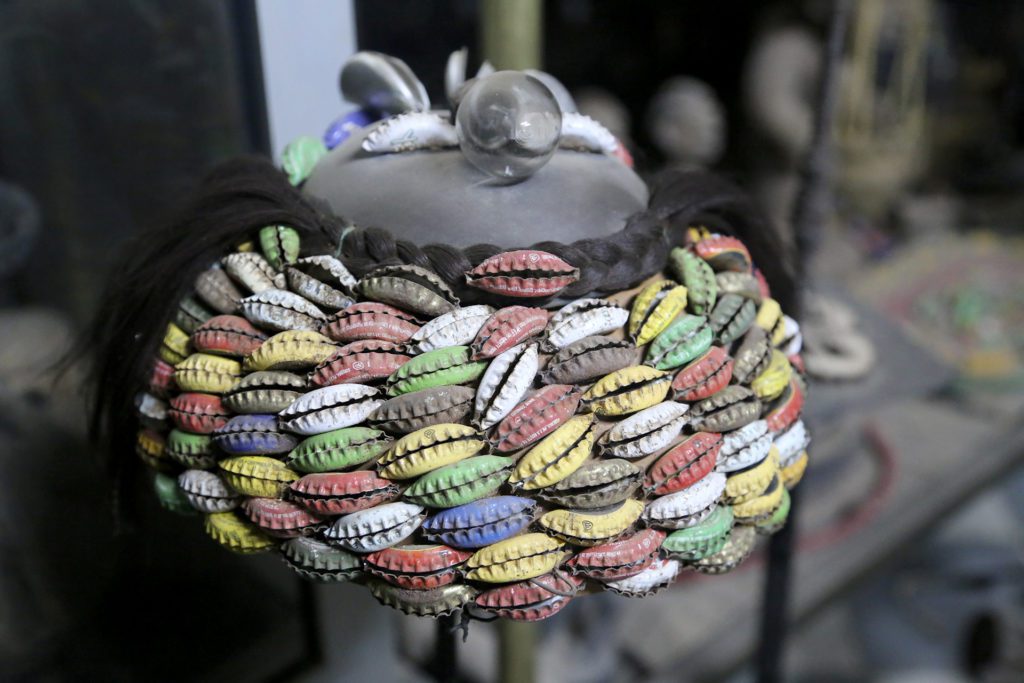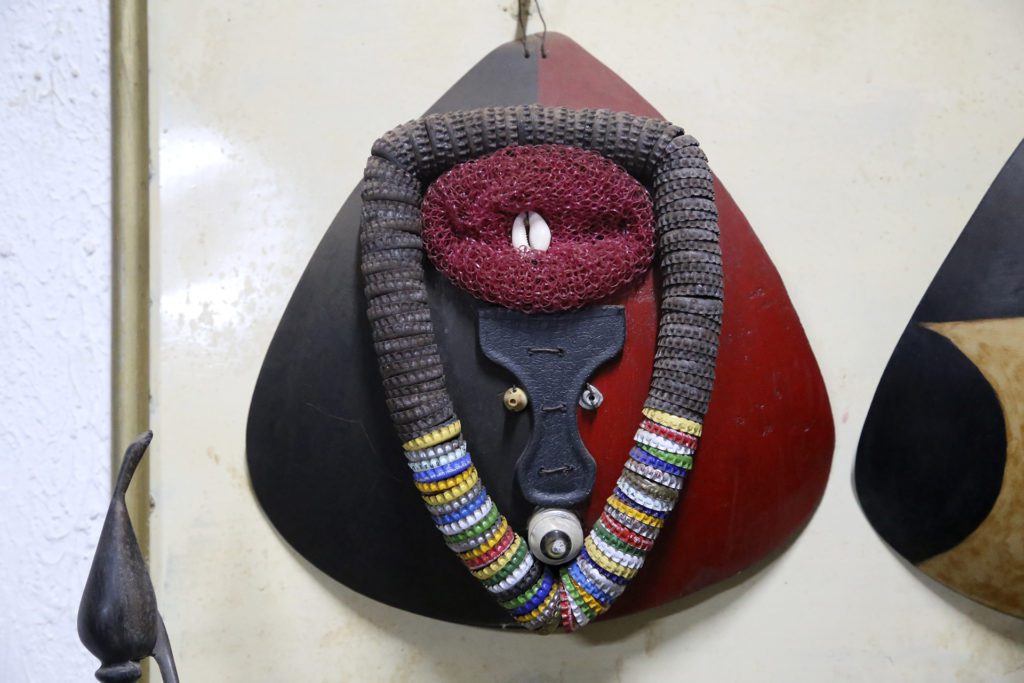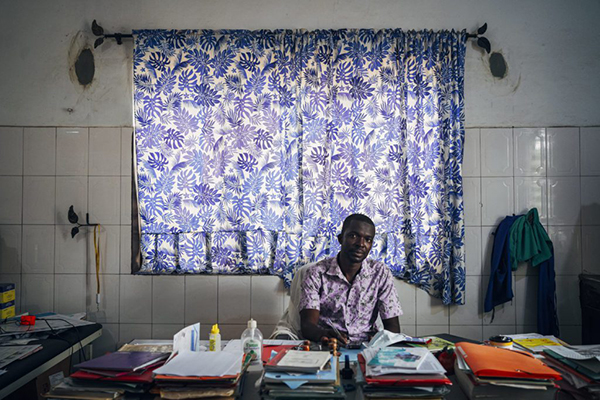Although we focus much attention on sustainable development and the right to health, the people and communities in the countries where we work have an immense cultural diversity that should be appreciated and valued. Here is a glimpse into the culture and artisanship of African countries such as Côte d’Ivoire, Togo and Benin.
Ghana is a leading country in terms of promoting the traditional culture and artisanship of its people. In 1957, it was the first post-colonial African nation to reclaim its sovereignty and gain independence from the United Kingdom. With this came the need to reclaim a space for the different ethnicities and cultures that coexist in the country.
This heightened national consciousness created in Ghana and other African countries as a result of the independence movement was instrumental in fostering and popularising many art forms in the mid- to late-20th century. Artisan villages specializing in traditional crafts, for example, sprang up all over Ghana. Some of the most famous ones are located near Kumasi: Bonwire, known for its Kente cloth; Ntonso, for Adinkra cloth; Kurofuforum, for brass figures; and Ahwiaa, for woodcarving.
Ghana and its handcrafted fabrics rich in meaning
Ghana is known for its traditional handicrafts, particularly the brightly coloured Kente cloth, traditionally woven by Ashanti and Ewe men for hundreds of years. These now-popular fabrics are associated with royalty in these communities and were considered sacred. Each colour used symbolises a value or essence and, when combined, imbues each garment with meaning. The Ashanti often use geometric patterns, while the Ewe opt for anthropomorphic or animal motifs.
Dyed Adinkra cloth is also closely associated with the Ashanti, who attribute different proverbs to each of the 60 different adinkra signs, and it is often worn at funerals and other important occasions.
Artisanship in Ghana: pottery and ceramics
While pottery is associated with functional uses for cooking, contemporary pots and cookware are increasingly being sold in Ghana. Traditional Ghanaian pottery is simple and functional. Glazing is uncommon and the colour of the pot largely depends on the type of clay used. The pots are generally fired at low temps and are rather fragile, but inexpensive and sold in all markets and often on the roadside. These products are traditionally made by women, but many men have also started making them.
The Krobo: a people of beads and beadwork
Ghana is home to six major ethnic groups: the Akan, the Ewe, the Ga-Adangbe, the Mole-Dagbani, the Guan, and the Gurma. These peoples are further subdivided into more than 60 different ethnic groups. Among them, the Krobo people are known for their proficiency in bead and charm production. The earth provides the materials to create these colourful beads: recycled glass, brass, bauxite, shells, seeds, etc. It takes several years of apprenticeship for the Krobo men to be able to form some of the intricate designs associated with these popular African beads. The beads are worn on special occasions and signify wealth and status.
Craft stalls throughout the country also sell a wide selection of sculptures, wood carvings and masks made in the country and in neighbouring Mali, Togo, Benin and Côte d’Ivoire.






